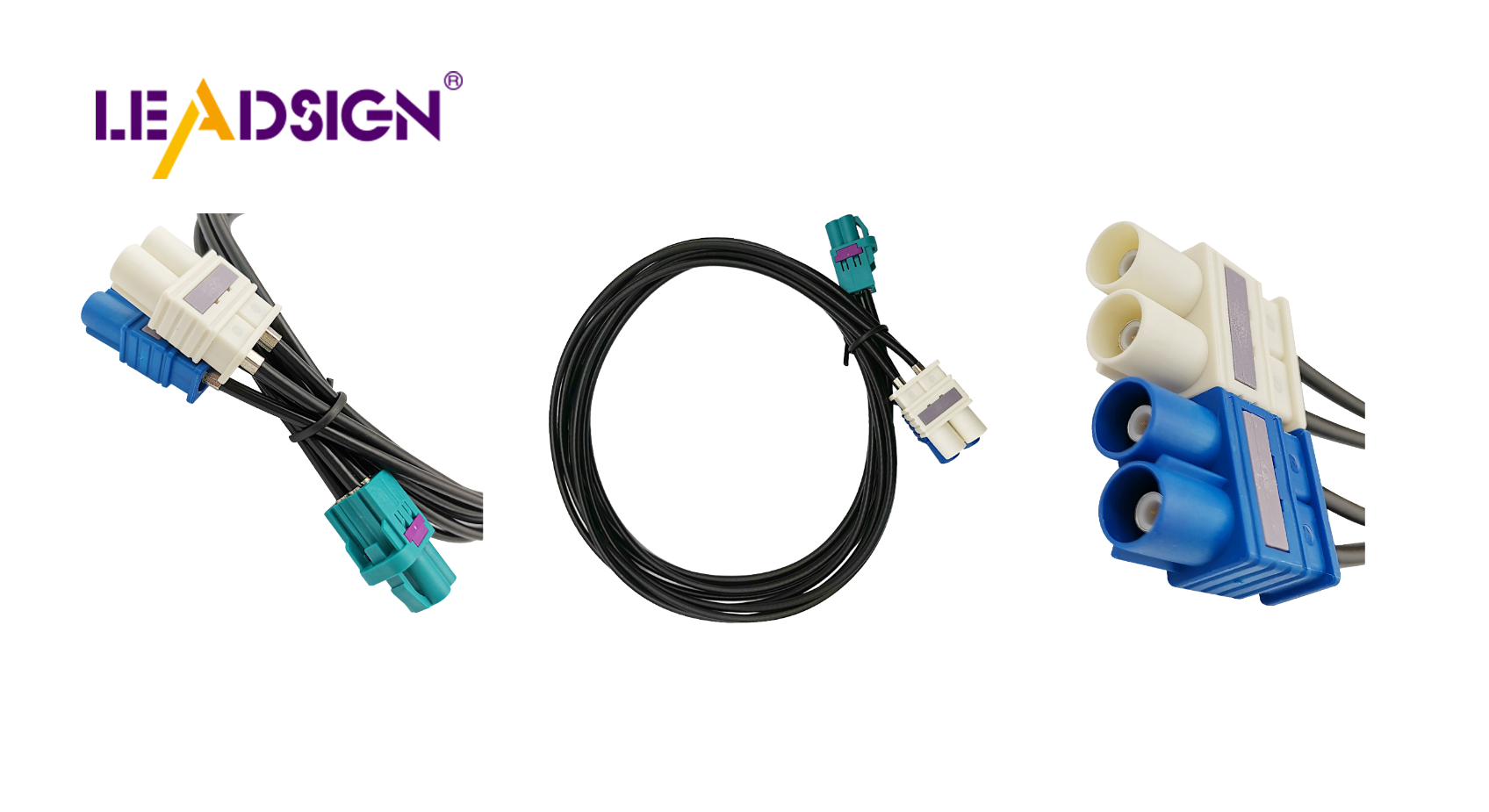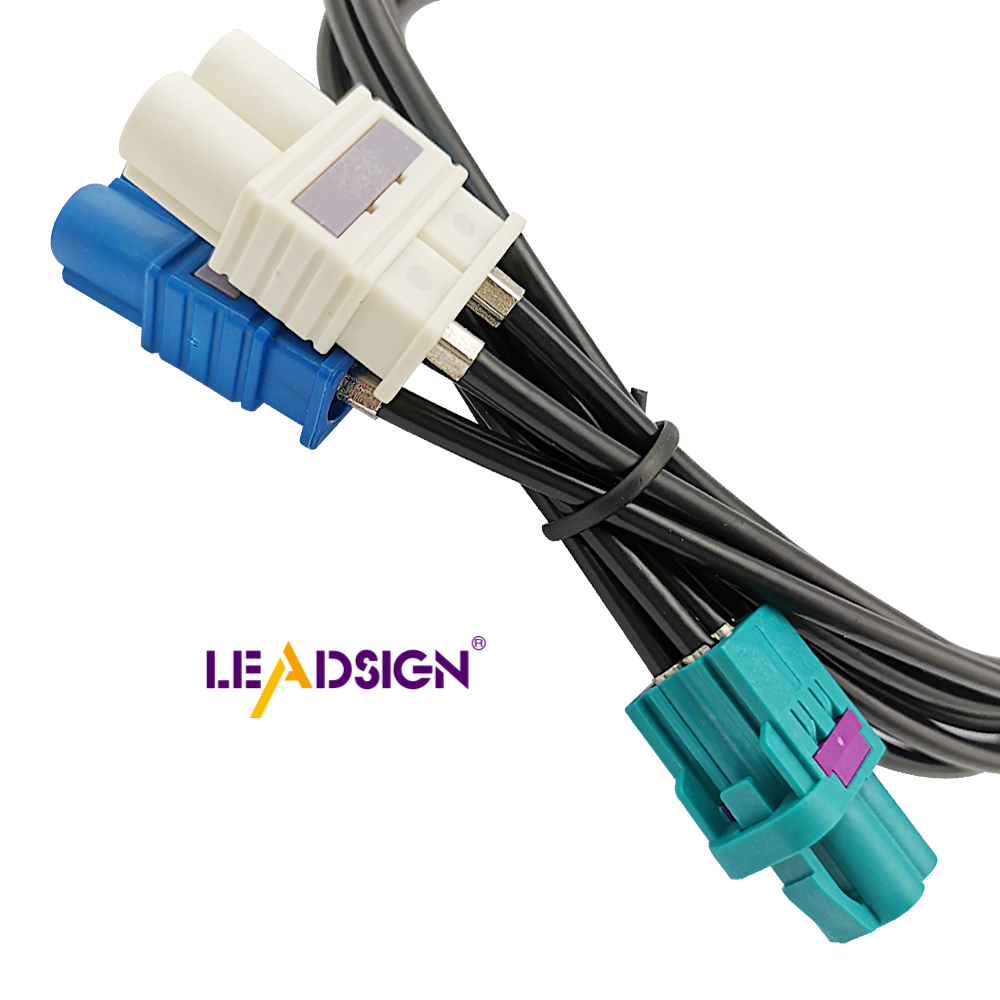Mastering the Art of Choosing 50 Ohm Coax Cable Types

Choosing the right 50 ohm coax cable types is crucial. You need to consider several factors first. Signal loss is significant; longer cables can experience more signal degradation, which is undesirable. For instance, a 100-foot cable might lose 33% of its signal. Cable length and application are also key considerations. Understanding specifications like impedance and frequency enhances performance. By familiarizing yourself with these elements, you can select the best cable for your requirements.
Understanding Signal Loss in 50 Ohm Coax Cable Types

Signal loss is important when picking 50 ohm coax cables. You should know how it affects performance and ways to reduce it.
What is Signal Loss?
Signal loss, or attenuation, means the signal gets weaker as it moves through a cable. This happens because of the cable's build, distance traveled, and signal frequency. Higher frequencies and longer cables usually cause more loss.
How Signal Loss Affects Performance
Transmission Quality
Signal loss lowers transmission quality. If there's too much loss, data quality drops. This can mean bad sound or video, slow speeds, or even no signal at all.
Ways to Reduce Loss
To cut down on loss, use better-quality 50 ohm coax cables with good shielding. You can also use amplifiers to make the signal stronger. The insulator inside the cable helps keep signals strong, so pick cables with good insulators.
Picking Cables with Low Signal Loss
Suggested 50 Ohm Coax Cables
When choosing 50 ohm coax cables, find ones with low signal loss like RG-214 and RG-58. They have great shielding and work well for many uses.
Tips for Choosing Cables
Know Your Needs: Figure out what your application needs like frequency range.
Think About Length: Keep cables short to lessen signal loss.
Check Environment: Pick cables that handle your site's conditions like heat.
Look at Specs: Check impedance and frequency to match your system.
By knowing these points and picking the right 50 ohm coax cables, you get best performance with little signal loss in your projects.
How Cable Length Affects 50 Ohm Coax Cables
Cable length is very important for 50 ohm coax cables. Knowing how it changes signal quality helps you choose better.
Cable Length and Signal Quality
Longer cables make signals weaker. This can hurt picture and sound quality. For example, a 100-foot cable might lose 33% of its signal. A 50-foot cable might only lose 20%. Signals weaken as they move through the cable. So, use short cables to keep signals strong.
Finding the Best Cable Length
Things to Think About
When picking cable length, think about:
Signal Frequency: Higher frequencies lose more over long distances. At 2150 MHz, a 100-foot cable might lose almost 85%.
What You Need: Different uses need different lengths. Check what you need.
Cable Quality: Good cables with nice materials lose less signal.
Tools and Formulas
Use tools and math to find the best length. These help guess signal loss for different lengths so you can pick right.
Picking the Right Length for Your Use
Short vs. Long Cables
For good signals like in TV or phones, short cables are best. They keep signals clear. But if you need long ones, like in big places, use thick good-quality cables to help.
Balancing Length and Performance
Balancing length with performance means knowing trade-offs between ease and quality. Long cables are easy but may hurt signals. By checking your needs and thinking about these points, you can pick the right 50 ohm coax cables that balance length and performance well.
Where to Use 50 Ohm Coax Cables
Knowing where to use 50 ohm coax cables helps you choose wisely. These cables do different jobs, each needing special features for best results.
Common Uses
Radio and Wireless Signals
In radio and wireless, 50 ohm coax cables are very important. They handle power well and keep signals strong, making them great for sending radio waves. You see these cables in antennas, transmitters, and receivers because they keep signals clear.
TV and Phone Companies
TV and phone companies use a lot of 50 ohm coax cables. These cables carry high-frequency signals for clear sound and pictures. In TV studios, they link cameras to screens for good quality shows. They also work well over long distances without losing much signal.
Picking the Right Cable
Matching Cable to Needs
To pick the right cable, match it to what you need. Think about things like frequency range or weather conditions. For outdoor use, pick a cable with strong covering to handle bad weather. Knowing these needs helps you choose the right cable.
Examples of Cables for Jobs
Different jobs need different 50 ohm coax cables. RG-214 and RG-58 are popular because they're good at many things. But RG-59 and RG-11 work better for low-frequency tasks like CCTV but aren't 50 ohm types. Always check if the cable fits your system's needs so it works well.
By knowing where to use them and choosing carefully, you make sure your projects work great with reliable performance.
Understanding the specs of 50 Ohm coax cables helps you choose well. These specs show how the cable works for your needs.
Important Specs to Check
Impedance, Signal Loss, and Frequency Range
When checking cables, look at impedance, signal loss, and frequency range. Impedance is in Ohms and shows how much the cable resists signals. For most uses, 50 Ohms is common. It balances power use and signal loss.
Signal loss means signals get weaker in the cable. Less loss means better signals. Frequency range tells what frequencies the cable can send well. Make sure it fits your system's needs for best results.
Power Handling
Power handling shows how much power a cable can carry safely. This is key for high-power uses. Pick a cable that handles enough power to avoid damage and work well.
How Specs Change Cable Use
Reading Data Sheets
Data sheets give details about a cable’s specs. By reading them, you can compare cables and pick the best one for you. Look at impedance, signal loss, frequency range, and power handling as they affect performance.
Comparing Cables Smartly
To compare smartly, see how each spec affects your use case. For high-frequency needs, focus on low signal loss and right frequency range. If power matters most, check if it handles needed levels. Knowing these helps pick the right 50 Ohm coax cable confidently.
By knowing these technical specs, you make sure your chosen cable works great.
Choosing the right 50 Ohm coax cable is important. You need to know about signal loss, cable length, and how you'll use it. These things affect how well your system works. Look at technical details like impedance and frequency range. This helps you make good choices. Think about these to keep signals strong and systems working well.
"The coaxial cable type affects signal strength."
Learn this to pick the best cable for your needs. This makes sure your projects work great with good performance.
See Also
Harnessing FAKRA Coaxial Cable's Full Potential
Maximizing the Benefits of FAKRA Cable Connectors
Exploring the Versatility of FAKRA Cable Connectors

